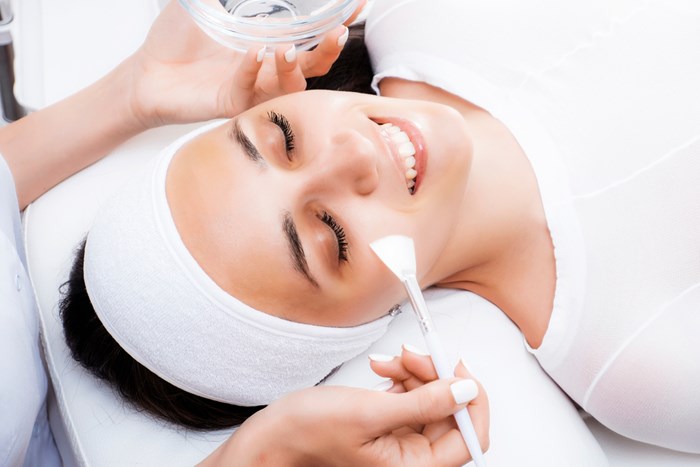Does a chemical peel a-peel to you?!
To peel or not to peel, that is the question! Well first of all ask yourself why peel? There are so many facial rejuvenation options available these days that the choice can be dazzling. Here at our medical spa we try to make the decision-making easier by guiding our patients using their area of concern as a starting point. What are you trying to achieve? How long do you want to take for recovery and downtime (seems like a silly question but some people such as brides to be are on a deadline and others are not and do not need to worry about healing timescales)? What is your budget etc ? How intensive do you want your treatment to be? There are many procedures that can achieve the same thing, some do in intensively and fast, but take longer to heal, and others do it gradually, more frequently and with less downtime.
Today I want to talk about peeling or chemical peels to be more specific. These chemical agents come in different types and strengths and do different things. For example our Clear Choice acid peels do the following: Glycolic – provides deep exfoliation, Jessners – removes pigmentation, TCA – erases scars and provides anti-aging, Lactic – gives moisturization, Salicylic – clears out pores and acne, Isomer – removes pigmentation. While these peels work alone they can be combined so multiple issues can be tackled. I also use the VI Peel which is five custom medium-depth peels that treat five concerns: aging, acne/acne scarring, sensitive skin, pigmentation and the body.
As you see chemical peels have a wide range of treatment and some people prefer them because they might be scared of needles or lasers. (They do not have to be but I want everyone to feel comfortable with the solutions we offer). The best thing about peeling is that it removes the old, dead, damaged layers of skin (depending on the strength used) and requires a up to two weeks to peel from start to finish. This is different for everyone and depends on their rate of healing and is usually a day of redness after the treatment, then dry leathery darkening, then peeling and finally pink rosy soft skin. Obviously the deeper the peel the more intense the healing and peeling. Some types of peel might not even peel at all but that doesn’t mean they are not working! They are peeling at a micro-level we cannot see but they are renewing the skin nevertheless.
During and after the peeling process it is vital to keep the skin hydrated by drinking lots of water, eating healthily with lots of protein to help the skin renew and finally using sunscreen. This protects the baby skin, you don’t want to hyperpigment when you have been doing your best to remove freckles and age spots! Some people prefer to peel in the winter when the sun is less intense but as we live in Colorado, that is never! Hats, sunglasses and sunscreen at all times after a peel.
Come in and see us at Invigorate Advanced Aesthetics in Centennial, Colorado to start your chemical peels journey.

"Some types of peel might not even peel at all but that doesn't mean they are not working! They are peeling at a micro-level we cannot see but they are renewing the skin nevertheless."



 10/10 recommend!!! You guys are life savers!!
10/10 recommend!!! You guys are life savers!!